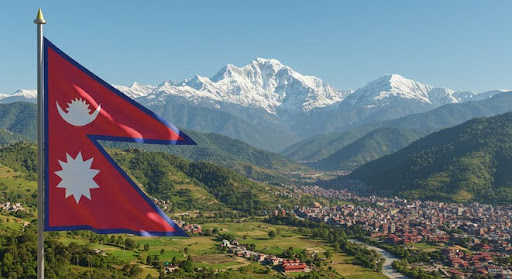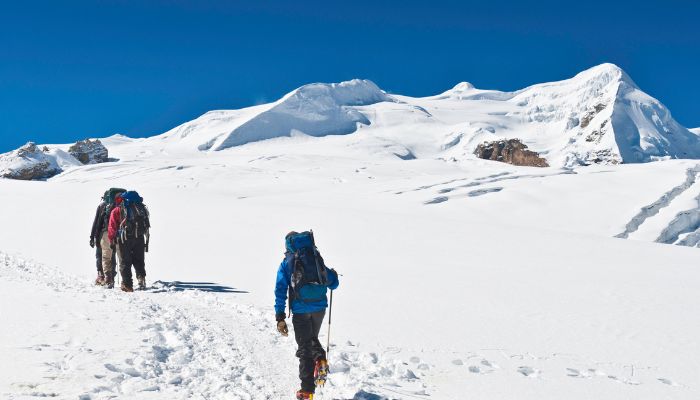Nepal Visa for Indians: Everything You Need to Know Before You Go

Nepal, with its majestic Himalayas, ancient temples, and warm hospitality, is one of the most accessible and affordable international destinations for Indian travelers. From the spiritual vibes of Lumbini and Pashupatinath to the adventure sports in Pokhara and the bustling streets of Kathmandu, Nepal offers something for everyone. The best part? Indians enjoy a unique visa-free arrangement when traveling to Nepal. Here’s a complete guide on Nepal Visa for Indians, covering entry requirements, documents, travel tips, and what to expect once you arrive.
Do Indians Need a Visa to Visit Nepal?
No, Indian citizens do not require a visa to enter or stay in Nepal. Under the India-Nepal Treaty of Peace and Friendship, Indians can travel, work, and reside in Nepal without a visa. This open-border policy reflects the strong diplomatic and cultural ties between the two countries. However, travelers must carry valid identification documents to be permitted entry.
Documents Required for Indian Citizens Traveling to Nepal
Though no visa is required, Indian travelers must carry any one of the following government-issued photo IDs:
- Valid Indian Passport, or
- Voter ID (Election Commission ID card)
These documents are necessary for both land and air travel. Indian nationals traveling by air are required to present either a passport or a voter ID card at immigration checkpoints.
Children below 18 years can travel with a school ID or birth certificate, but if traveling without parents or legal guardians, additional authorization or documentation might be necessary, especially when crossing land borders.
Note: Aadhaar card, PAN card, or driver’s license is not accepted as a valid travel document for entering Nepal.
Entry Points: How to Reach Nepal from India
India and Nepal share a long and friendly border with multiple land crossings and direct flights available. Here are the most common ways Indians can enter Nepal:
By Air:
- Major Indian cities like Delhi, Mumbai, Bangalore, and Kolkata offer direct flights to Tribhuvan International Airport in Kathmandu.
- Upon arrival, Indian citizens can proceed through a special immigration channel designated for SAARC nationals.
By Road:
- Common border entry points include:
- Raxaul–Birgunj (Bihar)
- Sonauli–Bhairahawa (Uttar Pradesh)
- Panitanki–Kakarbhitta (West Bengal)
- Banbasa–Mahendranagar (Uttarakhand)
- Jogbani–Biratnagar (Bihar)
- These routes are well-connected by buses and shared taxis from nearby Indian cities. Border towns have facilities for document checks and customs.
By Rail:
- The Jayanagar–Kurtha railway line connects Bihar with Nepal and is part of an ongoing project to enhance train connectivity between the two nations.
Duration of Stay for Indians in Nepal
Indians can stay in Nepal for any length of time without needing a visa. Whether you’re visiting for a few days or planning an extended stay, there are no restrictions on the duration. However, if you are moving for work, study, or long-term residence, it’s advisable to register with the Department of Immigration in Nepal.
Currency and Financial Information
- The official currency of Nepal is the Nepalese Rupee (NPR).
- Indian currency is accepted in most areas, particularly in border towns and major cities. However, it’s important to note that ₹500 and ₹2000 denomination notes are banned in Nepal. Carry smaller denominations such as ₹100 notes.
- ATMs are available in urban areas and accept Indian debit cards with international access. It’s recommended to carry some Nepalese cash for use in remote areas.
SIM Cards and Connectivity
- Indian mobile networks do not provide service in Nepal unless you have international roaming enabled (which can be costly).
- You can easily purchase a local Nepal Telecom (NTC) or Ncell SIM card upon arrival. A passport or voter ID is required for SIM registration.
Customs and Border Regulations
- You are allowed to carry personal electronic items and luggage without paying customs duty.
- However, there are limits on certain goods:
- Gold jewelry: Maximum of 50 grams per person
- Alcohol: Up to 1 liter
- Cigarettes: One carton
- Avoid carrying satellite phones, drones, or large quantities of electronics, as these may require special permits.
Travel Insurance
Though not mandatory, travel insurance is highly recommended, especially for those planning trekking, hiking, or adventure sports. Nepal’s terrain can be challenging, and having insurance that covers emergency evacuation and medical expenses adds peace of mind.
Must-Visit Destinations in Nepal
- Kathmandu: Explore Durbar Square, Pashupatinath Temple, Swayambhunath (Monkey Temple), and local markets.
- Pokhara: A hub for adventure sports like paragliding, zip-lining, and trekking. Don’t miss Phewa Lake and the Annapurna range.
- Lumbini: Birthplace of Lord Buddha and a UNESCO World Heritage Site.
- Chitwan National Park: A haven for wildlife lovers offering jungle safaris and elephant rides.
- Nagarkot: Perfect for stunning Himalayan views and peaceful getaways.
Important Travel Tips for Indians Visiting Nepal
- Carry Valid ID: Always carry your passport or voter ID, especially during intercity travel.
- Dress Appropriately: Respect local customs and dress modestly, especially in religious places.
- Avoid Peak Monsoon: Travel is best between October and April, when the weather is clear and dry.
- Negotiate Transport Fares: Always fix taxi or local transport prices beforehand.
- Respect Local Traditions: Remove shoes before entering temples and ask before taking photographs of people or religious events.
Final Thoughts
Nepal Visa for Indians isn’t a concern—thanks to the open-border policy between the two nations, Indian travelers can enjoy easy, visa-free access to this breathtaking country. Whether you’re looking for spiritual solace, a romantic escape, or a thrilling trek, Nepal welcomes Indian tourists with open arms. With a bit of planning, valid ID, and an adventurous spirit, you can discover one of South Asia’s most incredible gems without the hassle of visa applications.


